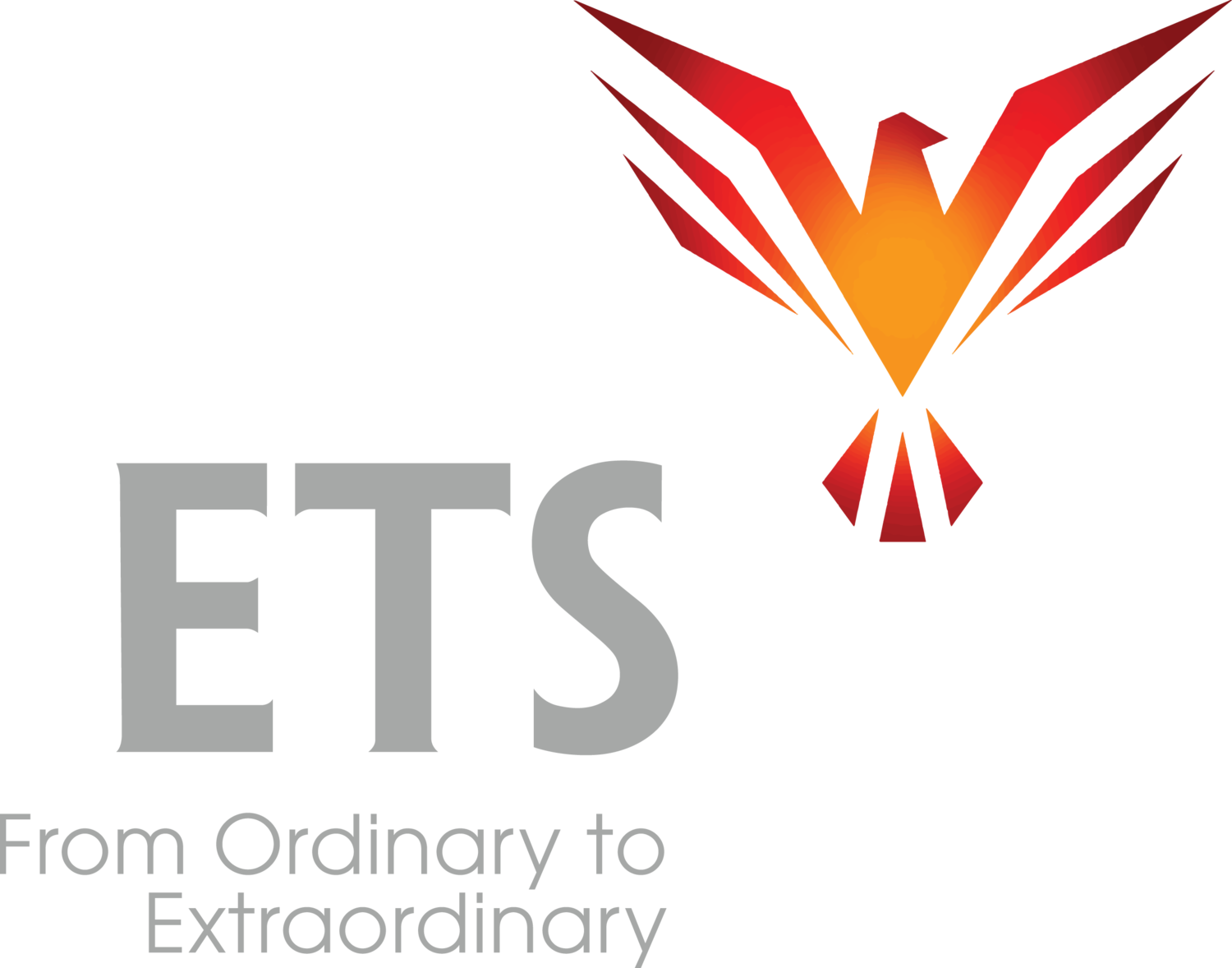George helps sales people close big deals. His track record is impressive. On average, he saves them 30 to 40 hours per sales proposal. His advice also increases their win rate by a wide margin.
George can look at a proposal or presentation in advance and with 100% accuracy tell you whether it will close the deal.
He has a very simple method. He has a computer algorithm which simply counts the number of times they use the word “YOU”. He compares that to the number of times the sales person mentions their own company.
Proposals where the prospect name is mentioned 10 times for every one time the sales person’s company is named (a ratio of 10:1) are a slam dunk and the deal is going to be closed.
Why is that? Is it because people are egotistical and they want it to be all about themselves? No.
